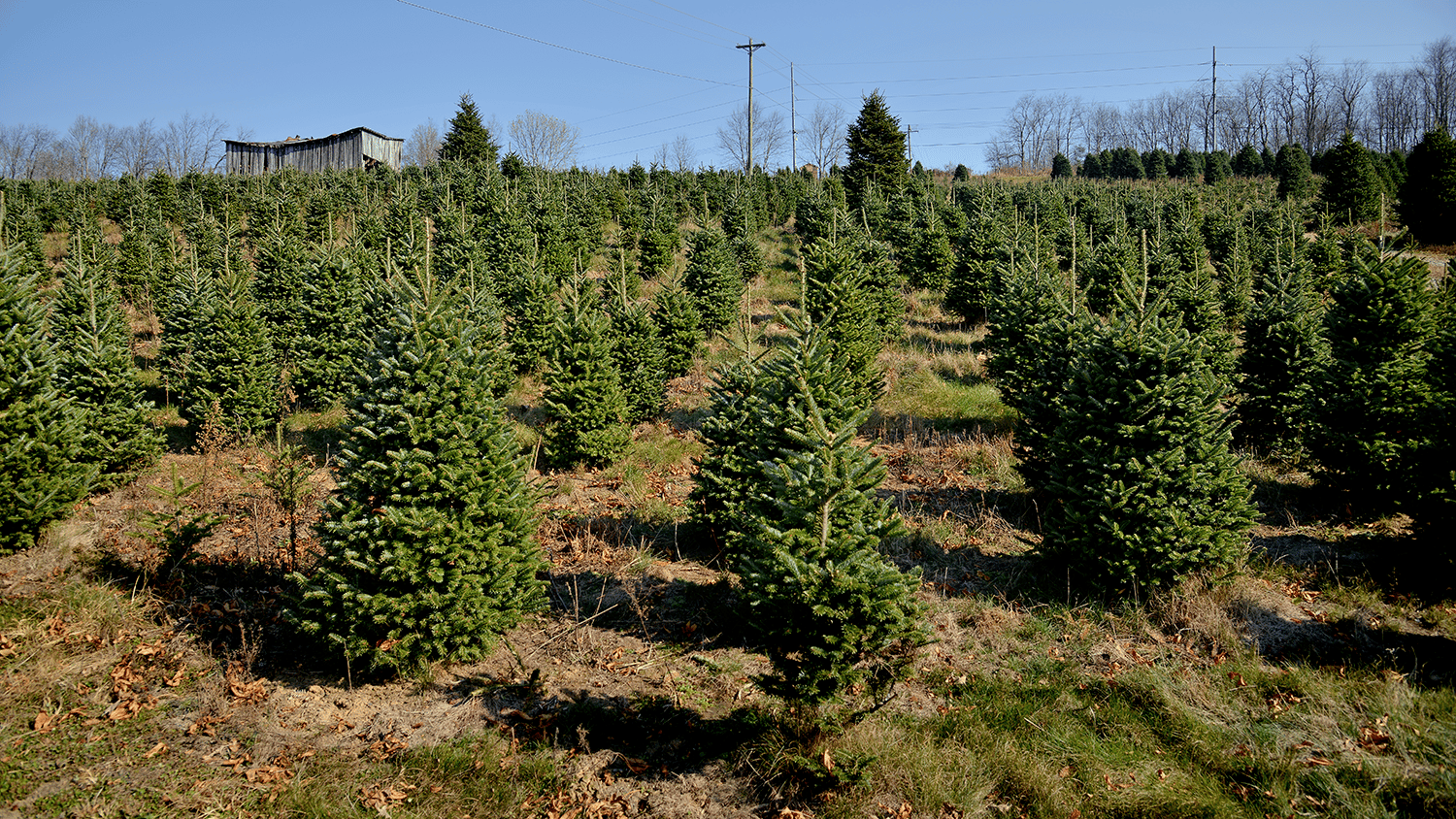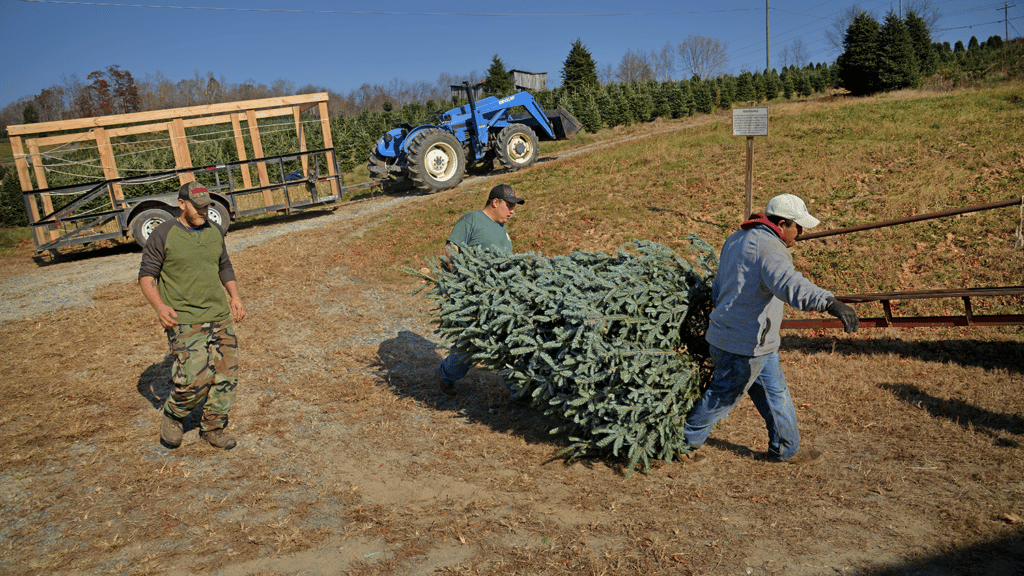Amid Inflation, NC’s Real Christmas Trees to Cost More This Year

Like most consumer goods impacted by America’s rising inflation rate, real Christmas trees in North Carolina may be more expensive this year.
Jeff Owen, an extension forestry specialist at NC State, said real Christmas trees grown in North Carolina will likely cost 10-15% more than last year, with consumer prices ranging anywhere from $65 to $250 depending on the size of the tree and the retail venue.
“The price tag may be higher because it’s been corrected for inflation, but it’s the same core value as what it was several decades ago. I think it’s incredible that the industry has kept prices as low as it has,” Owen said.
Inflation has surged for a year and half now. In October, the last month data is available for, the Consumer Price Index increased by 7.7% relative to the same time period last year — and 0.4% from September of this year.
Owen added that price increases among North Carolina’s Christmas tree growers reflects their efforts to keep up with inflated operational costs, which range from labor and raw materials to equipment and land.
Many of North Carolina’s Christmas tree growers hire workers through the Labor Department’s H2a program, which allows agricultural operations to bring nonimmigrant foreign workers to the United States for temporary work.
Over the years, as the wages of domestic workers have increased amid inflation, the Labor Department has increased hourly wages for H2a workers as well. In North Carolina, the wages increased to $14.16 this year.
“Christmas tree growers typically pay a premium wage for H2a labor,” Owen said. “They also provide housing and transportation from the country of origin.”

Owen added that inflation has also increased the wholesale cost of raw materials such as seedlings and fertilizer. In fact, Texas A&M researchers recently found that fertilizer could cost as much as 80% higher for the upcoming planting season.
At the same time, many growers are struggling to find adequate acreage for their crops, according to Owen. North Carolina currently has 38,893 acres devoted to production, making it the second leading Christmas tree producer in the U.S.
“There’s a scarcity of good land for Christmas trees,” Owen said. “Many growers lease the land they’re planting on. But in some cases, because of things like disease or land development, they’re no longer able to use it.”
It also doesn’t help that inflation has increased land values. A recent report from the U.S. Department of Agriculture shows that the average value of North Carolina farmland increased by 8.4% to $5,150 per acre in 2022.
Fortunately, despite these challenges, Owen said North Carolina growers remain capable of meeting heightened demand as an increasing number of customers, especially millennials, have begun shopping for real trees.
“The demand for real Christmas trees is exceeding the industry’s current supply, but most people will be able to find a tree this year,” Owen said.
Real trees can be purchased at retail and seasonal tree lots, choose-and-cut farms, nurseries and garden centers, big box stores, and some grocery and hardware stores. They can also be purchased online.
Owen said the price of trees depends on a number of factors, including species. Fraser fir, for example, can cost up to $10 more than other species due to its above-average needle retention and rich woodsy fragrance.
Fraser fir is the dominant species sold in North Carolina’s mountains but can also be found in the Piedmont and Coastal Plain regions, alongside other species such as Leyland cypress, Eastern white pine and Green Giant arborvitae.
Some growers, on the other hand, set their prices based on the size of the tree, according to Owen. The standard Christmas tree size is 6 to 7 feet in height, though they can vary from 4 to 12 feet.
North Carolina retailers generally maintain an abundant supply of Christmas trees into December, but consumers should purchase their trees in late November if they’re searching for a specific size or species.
Most importantly, when encountering inflated prices while shopping for a real Christmas tree, consumers should consider the many economic and environmental benefits of their purchase, according to Owen.
Aside from protecting the environment from the waste and pollution created by artificial trees, the purchase of a real Christmas tree supports an industry that employs more than 7,000 workers and generates an estimated $300 million annually for North Carolina.
“You’re supporting local farmers when you buy a real Christmas tree. And it’s a natural, sustainable product as compared to artificial trees made of petroleum, metal and plastic. That’s worth the cost,” Owen said.
This story by Andrew Moore was originally posted on the NC State College of Natural Resources website.
- Categories:


